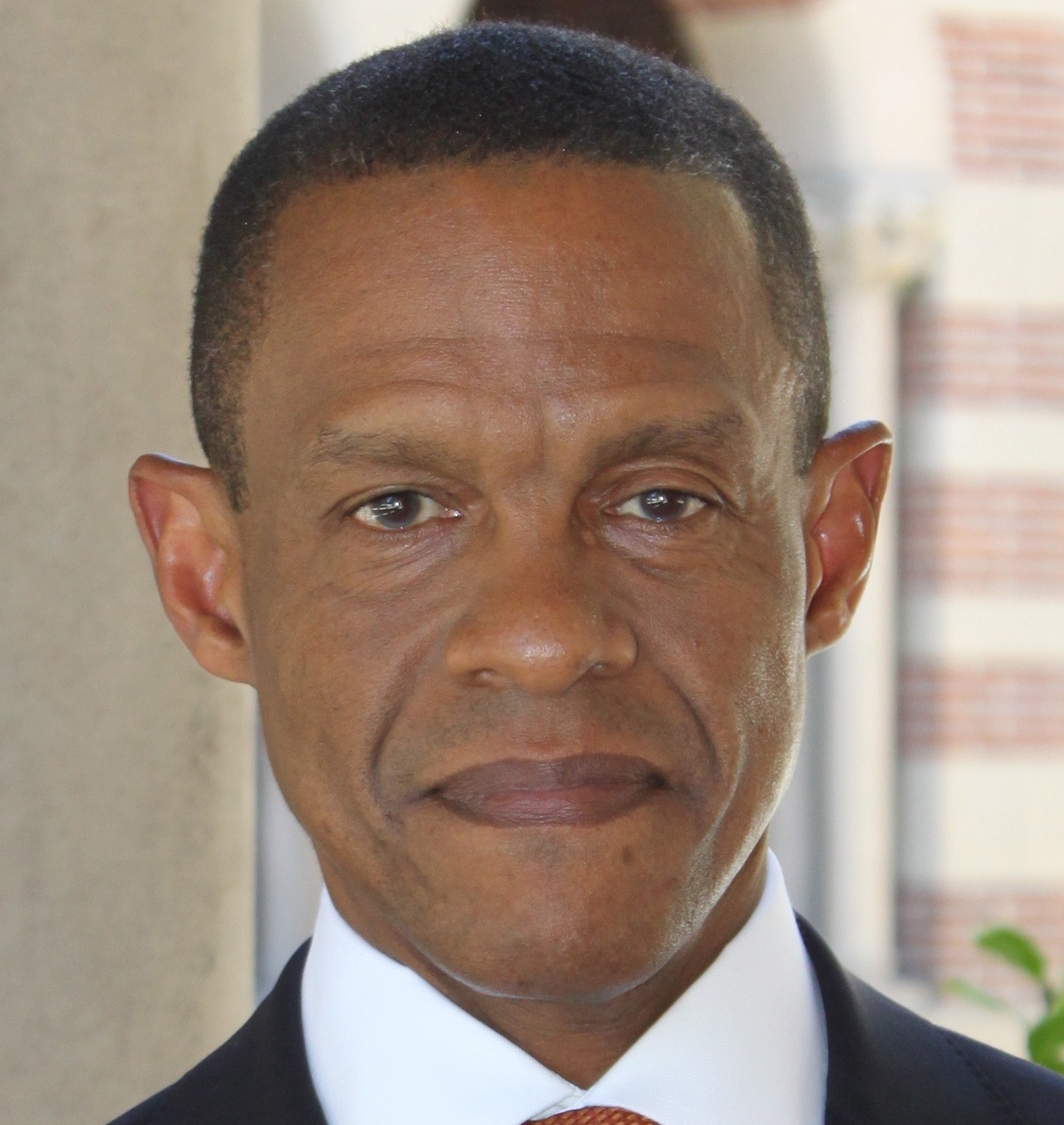The United States is having a discussion about law enforcement and violence. On the one hand are frequent reports of unnecessary force and abuse of authority by police. On the other hand are persistent community clashes with law enforcement. As a former law enforcement professional and as an African American, I am hugely invested in this issue. I understand all too well how situations can go wrong, sometimes due to a citizen’s actions, sometimes by an officer’s response, or sometimes because the contact should not have happened at all.
Black lives matter; law enforcement lives matter. It’s been said, all lives matter, a sentiment no one rejects, except for one group: homegrown violent extremists. To them, no lives matter, and in the United States, homegrown attacks against law enforcement are occurring at an increasing rate. What we face today are movements driven by radical racial, religious and issue-oriented ideologies, embraced by a diverse collection of extremists, and they have their sights trained on law enforcement. Police officers are being killed in the line of duty at a rate of one every 59 hours, and many of these murders were precipitated by a violent ideology.
In 2013, the world witnessed the cold-blooded, daytime knife attack on the British Army soldier Fusilier Lee Rigby. Attackers Michael Adebolajo and Michael Adebowale cited an extremist Muslim ideology, which echoed the calls by ISIS and other terror groups to attack soldiers and police officers. Despite this, however, the attack was largely seen as a surprising aberration. Why were we surprised when it happened again in New York City, when a group of NYPD officers in Queens were attacked with a hatchet?
We were surprised, in part, because there has not been sufficient acknowledgement that extremists are targeting law enforcement, and because a police uniform is a symbol of our government, law enforcement officers face threats motivated by range of ideologies.
- In 2010, during a traffic stop in Arkansas, Sergeant Brandon Paudert and Officer Bill Evans were killed by a father and son team of Sovereign Citizens, a group largely unknown to law enforcement.
- In 2014, Amanda and Jerad Miller executed Las Vegas Officers Igor Soldo and Alyn Beck as they sat eating lunch in a restaurant. Before departing the scene, the couple draped Gadsden (“Don’t Tread on Me”) and swastika-laden banners on the officers’ bodies.
- This year, Harris County Sheriff Ron Hickman spoke of the possible motive surrounding the unprovoked killing of Deputy Darren Goforth as he was pumping gas. Hickman said, “Our assumption is that he was a target because he wore a uniform.”
As well as acknowledging the trend, we need data to begin to sort through all the dynamics and factors in all-too-common attacks and look for the patterns and themes that can inform a more strategic, effective response to the rising threat to law enforcement. To that end, the University of Southern California Safe Communities Institute (SCI) is developing a database devoted to the collection, analysis and sharing of information about public safety officer violent confrontations with extremists in the United States. Agencies and communities will be able to conduct real-time comparative analyses of current threats and collaboratively develop appropriate actions on how best to respond.
To be sure, there are individuals who should not be in law enforcement, such as those former Anniston, Alabama officers who were recently exposed as members of the racist, neo-Confederate organization League of the South. Nonetheless, there are people who victimize fellow citizens and deserve to be in jail. Those are important points of discussion, but even as passions are high, we must be united against a terrorist threat that views citizen and law enforcement lives as equally disposable. They are the real enemy. Failing to support law enforcement at the community level during this critical time gives violent extremists the space and freedom they need to operate and gain legitimacy.
The beginning of a solution is stronger relationships between the community and the officers sworn to serve them. Just as needed is informed law enforcement, aided by new data and insights, such as those gleaned from the forthcoming SCI database. There are no easy answers here. All of us have a stake in how we, as a society, use law enforcement to support public safety and the rule of law. But there is one thing on which we can agree: all life is cheap for extremists, and that notion should not be allowed to fester unchecked in the United States.


